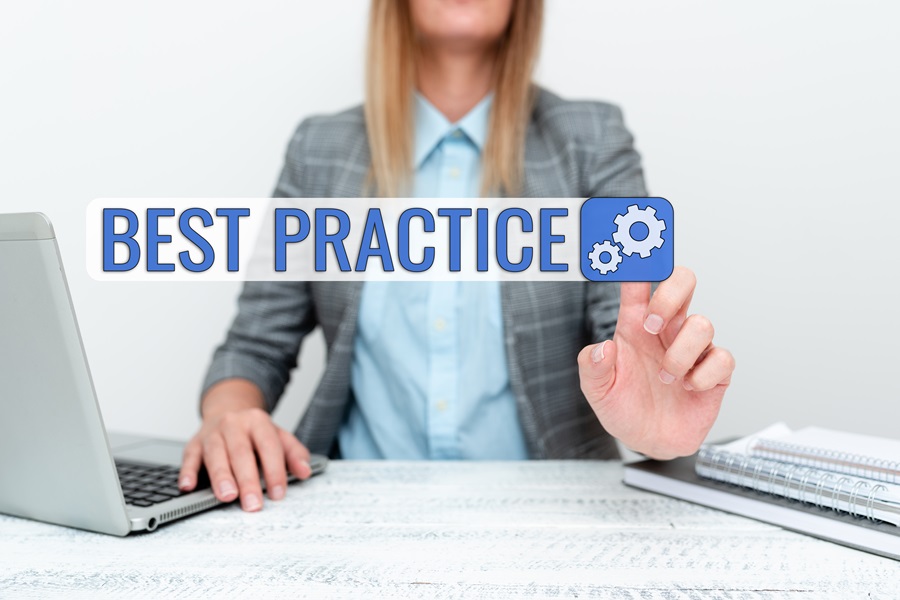
Accessibility, Performance, Best Practices and SEO when building a wordpress website
Introduction
When it comes to building a website, there are several key criteria that must be considered to ensure its success. In this article, we will explore the four essential criteria that every website developer should focus on: Accessibility, Performance, Best Practices, and SEO. By keeping these factors in mind, you can create a website that not only looks great but also functions flawlessly and attracts the right audience.
Accessibility: Making Your Website Inclusive
Accessibility is all about making your website usable for all users, regardless of their abilities or disabilities. It is crucial to ensure that your website is accessible to everyone, including those with visual impairments, hearing impairments, motor disabilities, or cognitive impairments.
Our team follows the Web Content Accessibility Guidelines (WCAG) to ensure that your website meets the necessary standards. We pay attention to factors such as color contrast, keyboard accessibility, alternative text for images, and proper heading structure. By prioritizing accessibility, we aim to create an inclusive online experience for all users.
Here are some key accessibility considerations when building a WordPress website:
- Use proper heading structure to provide a clear hierarchy of content.
- Include alternative text for images to provide context for visually impaired users.
- Ensure that color contrast is sufficient for users with visual impairments.
- Make sure that your website is keyboard accessible for users who cannot use a mouse.
- Provide captions and transcripts for audio and video content.
Performance: The Need for Speed
Website performance plays a crucial role in user experience and can greatly impact the success of your WordPress website. A slow-loading website can frustrate users and lead to high bounce rates. To address this, we utilize premium plugins such as WP Rocket to optimize your website’s performance.
Here are some tips to optimize the performance of your WordPress website:
- Optimize images by compressing them without compromising quality.
- Minify CSS and JavaScript files to reduce file sizes and improve loading speed.
- Utilize caching plugins to store static versions of your website and reduce server load.
- Enable Gzip compression to reduce file sizes and improve loading speed.
- Choose a reliable hosting provider that offers fast server response times.
Best Practices: Building with Quality in Mind
Following best practices when building a WordPress website ensures that your website is well-structured, secure, and easy to maintain. Here are some essential best practices to consider:
- Keep your WordPress core, themes, and plugins up to date to ensure security and compatibility.
- Use a child theme to make customizations without modifying the parent theme.
- Organize your content with categories and tags for better navigation and SEO.
- Implement a backup solution to protect your website from data loss.
- Regularly monitor and optimize your website’s performance.
SEO: Getting Found in the Digital Jungle
SEO is crucial for driving organic traffic to your WordPress website. Optimizing your website for search engines can help improve its visibility and rank higher in search engine results.
We utilize Google Development Tools to analyze and optimize your website’s performance in search engine rankings. By conducting keyword research, optimizing meta tags, improving site structure, and creating high-quality content, we can help your website rank higher in search engine results.
Here are some SEO tips for your WordPress website:
- Research and target relevant keywords for your content.
- Optimize your page titles, meta descriptions, and URLs with targeted keywords.
- Create high-quality and engaging content that provides value to your audience.
- Optimize your images with descriptive file names and alt tags.
- Build high-quality backlinks from reputable websites.
By implementing these accessibility, performance, best practices, and SEO strategies, you can create a WordPress website that not only looks great but also provides an excellent user experience, performs well, and ranks higher in search engine results. Remember, building a successful website requires ongoing maintenance and optimization, so make sure to regularly review and update your website to stay ahead of the competition.
Contact 360 Web Firm for your website Performance, Accessibility, Best Practices and SEO.


